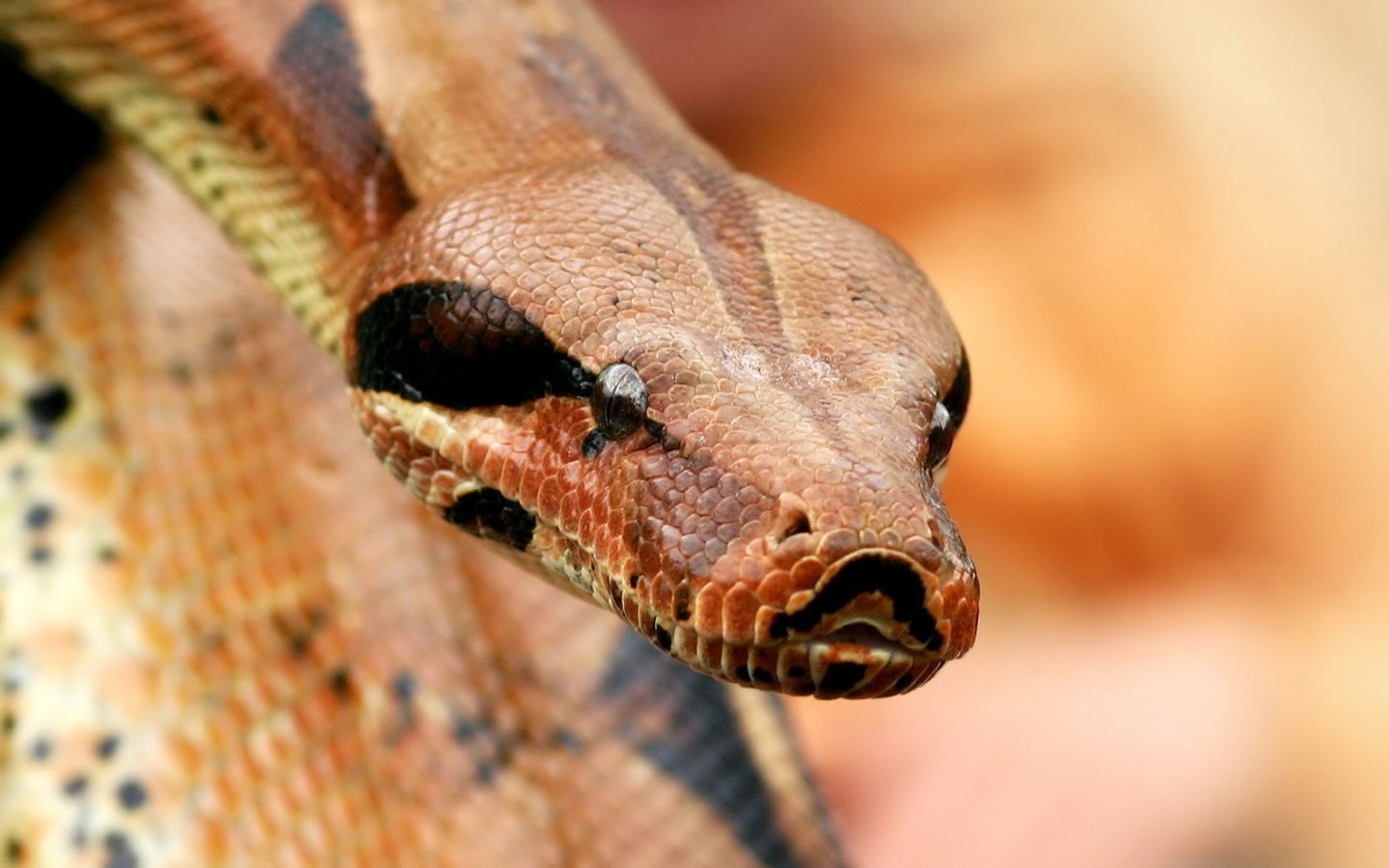

Some are diurnal, and active during the day, while others forage at night or during dusk and dawn. The behaviors of these snakes vary based on the species. Most thrive on a diet of rats, mice, rabbits, or chicks. Temperature and humidity vary based on their natural habitat. Many species prefer habitats with a constant water source to soak in. Smaller species need smaller enclosures, while larger species need more space. Python CareĬare varies drastically from one species to the next. However, you should only purchase an exotic pet that is captive-bred. The most popular pet species is the ball Python. Humans have not domesticated this snake in any way.
Python snake skin#
Habitat destruction and poaching for the pet trade or their meat and skin are the greatest threats to these reptiles. Sadly, humans have reduced the populations of several different species. Some species cross paths with humans frequently, while others live in dense forests that humans rarely enter. Human interaction varies drastically based on the species at hand. Instead, blood flow is cut off from the brain, causing the prey to lose consciousness. Despite common belief, the prey does not suffocate. They kill their prey through constriction. They eat rats, mice, birds, bats, other snakes, frogs, and even larger creatures like deer and antelope. Their diet varies based on where they live and how large they are. This means that they feed on other animals, and do not eat plants. Like all snakes, these creatures are carnivorous. Some also exist as invasive species in Florida.
/GettyImages-901898716-5b621b0246e0fb00500e9439.jpg)
You can find various species throughout Africa, Asia, Australia, and the surrounding islands. For some species, their range extends across entire countries, while others live in just an isolated region or on a single island. Some populations overlap with those of other species. Distribution of the PythonĮach individual species has its own unique range. Many species also live in close proximity to farms or pastures, where bountiful rodent prey attracts them. Some of the different habitats that they occupy include rainforests, swamps, wetlands, forests, woodlands, marshes, scrubland, grassland, and rocky areas.

Each has its own habitat preferences, though many share similar habitats. The various species of these snakes live in different types of habitats. Humans capture this snake for the pet trade, and to use their skin for leather and purses. The IUCN lists this species as Vulnerable.

Learn more about some individual species, and why they deserve our protection, below. Interesting Facts About the PythonĮven though some species grow to immense lengths, humans pose a much greater danger to these snakes than the snakes pose to humans. long! The largest recorded individual weighed over 400 lbs. Here are some of the top pictures from the event over the years.Adults range drastically in length and weight. The challenge is a conservation effort aimed at raising public awareness ofthe threat pythons pose to the ecosystem.Īside from bragging rights, the person who kills the most pythons or kills the longest python can win a range of substantial cash prizes (more on that below). The commission says hunters may catch and humanely kill Burmese pythons at the time of capture during the 10-day competition, which begins Friday. Studies have shown pythons wiped out rabbit and fox populations in regions of Everglades National Park. The nonvenomous Burmese python poses a threat to Florida’s native wildlife and is larger than almost all native snakes, according to Florida Fish and Wildlife Conservation Commission. Hunters, enthusiasts, experts and spectators will descend upon the Everglades and embark on the Florida Python Challenge – an annual event to curb the invasive Burmese python. Florida's python challenge aims to raise awareness of Burmese pythons and curb a rising population.The Burmese python is a large nonvenomous constrictor that is an invasive species in Florida.Burmese pythons threaten Florida’s wildlife and are usually larger than all native snakes.


 0 kommentar(er)
0 kommentar(er)
